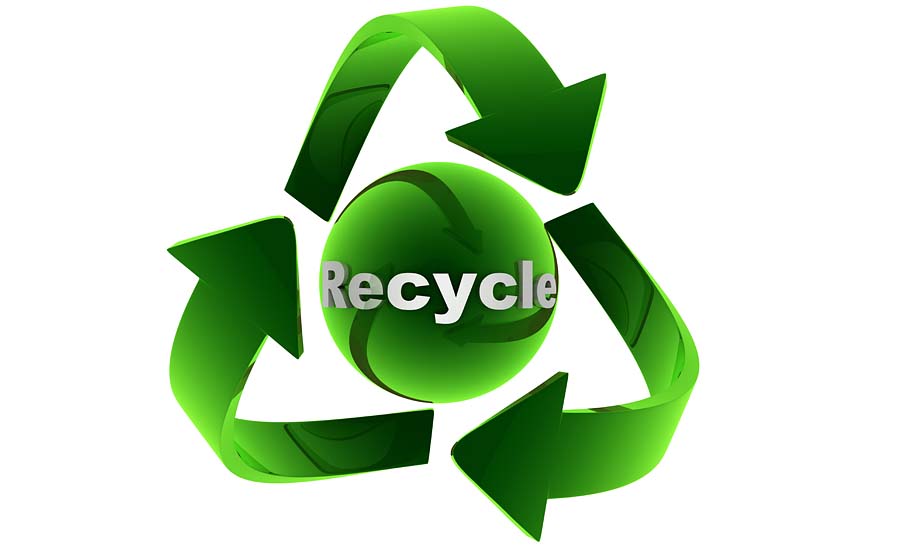Study: Sales of products with sustainable attributes make up 22% of total store
Organic, sustainable and clean attributes are driving the majority of the sustainable category’s growth.

For years, many U.S. consumers have touted their desire for more sustainable products, and the sales data shows that they’re using their spending power to affect the change they want to see in the world. Likewise, projected sales from Nielsen, Chicago, echo the steady climb that the sustainability market has experienced in recent years.
In fact, nearly half (48%) of U.S. consumers say they would definitely or probably change their consumption habits to reduce their impact on the environment. And, these consumers are putting their dollars where their values are, spending $128.5 billion on sustainable fast-moving consumer goods (FMCG) products this year. Since 2014, these influential shoppers have grown sustainable product sales by nearly 20%, with a compound average growth rate (CAGR) that’s four times larger than conventional products (3.5% vs -1% comparatively). By 2021, these sustainably minded shoppers are expected to spend up to $150 billion on sustainable FMCG goods, an increase of $14-$22 billion.
Today, sales of products with sustainable attributes make up 22% of the total store, with organic, sustainable and clean attributes driving the majority of the sustainable category’s growth. Notably, sustainability’s share between 2014-2017 grew nearly three percentage points, while conventional products’ share of sales dropped by almost four. By 2021, sustainable goods are expected to make up 25% of store sales.
When surveyed, Millennials are twice as likely than Baby Boomers (75% vs. 34%) to say they are definitely or probably changing their habits to reduce their impact on the environment. They’re also more willing to pay more for products that contain environmentally friendly or sustainable ingredients (90% vs. 61%), organic/natural ingredients (86% vs. 59%) or products that have social responsibility claims (80% vs. 48%).
Millennials are also more likely than Baby Boomers (53% vs. 34%) to say they’d be willing to forgo a brand in order to buy products that are environmentally friendly. They also find it much easier to find environmentally friendly products in the stores where they shop (74% vs. 46%).
“The generational divide in sustainability is fueled by technology. We’ve found that sustainable shoppers in the U.S. are 67% more likely to be digitally engaged, which means they are used to having the products and knowledge they want right at their fingertips. With their devices playing a significant role in their purchase decisions, a simple and frictionless shopping experience between on and offline is critical,” says Sarah Schmansky, vice president, fresh/health and wellness growth and strategy.
Age isn’t the only factor to consider when looking for sustainable consumers. According to Nielsen and segmentation from Natural Marketing Institute (NMI), Harleysville, Minn., 60% of Americans fall into the “sustainable mainstream” category. They want to be more sustainable, but are also searching for some added benefits, such as improving health or cost and environmental savings.
Was 2018 the year of the influential sustainable consumer?
Yes, and it’s soon to be the decade of the sustainable shopper. In a limited store growth environment, U.S. consumers continue to choose sustainable products over conventional options, making sustainability a consistent growth opportunity for manufacturers.
Companies need to evaluate their product portfolios and understand the impact of ingredients and the level of scrutiny that consumers apply to the products they purchase. Consumer sentiment is shifting toward “healthy for me and healthy for the world,” and this is influencing sales of FMCG products across multiple categories. Technology will enable consumers to match the right ingredients to their needs or ailments. Companies will need to clearly communicate and have the data to prove how their sustainable factors help consumers.
Looking for a reprint of this article?
From high-res PDFs to custom plaques, order your copy today!





